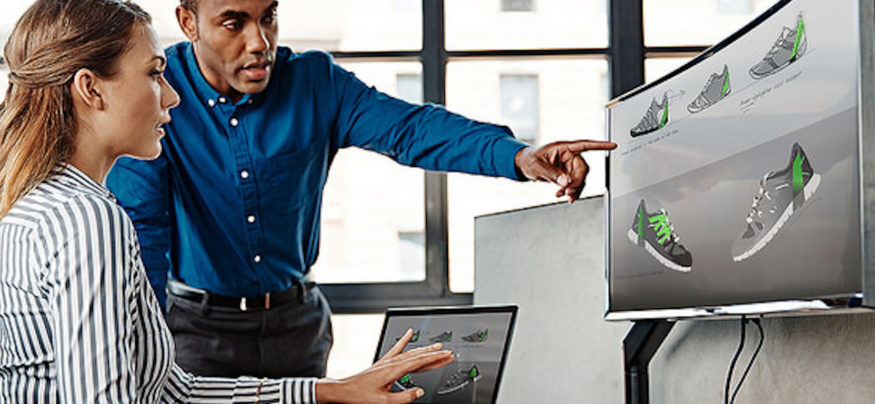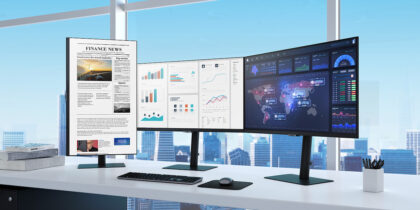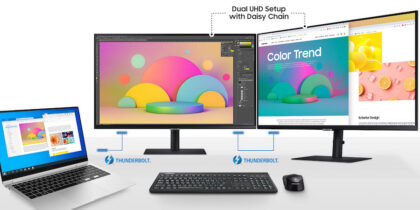Since its inception, desktop virtualization has offered enterprises significant cost and security benefits when providing computing services to the workforce. However, it remains a lesser-known alternative to the more widely used PC architecture, and it faces new challenges with the insurgence of mobile BYOD (Bring Your Own Device). As use cases for mobile endpoints begin to overlap with that of PCs, desktop virtualization developers are finding new ways to incorporate all of these use cases into their corporate cloud ecosystem. In the meantime, adoption of desktop virtualization remains steady but slow. One of the biggest barriers to adoption is the up-front time and cost required to transition from physical desktops (PCs) to virtual desktops hosted on a server back-end. This requires costly hardware upgrades, more redundancy and complex software licensing schemes to navigate.
Smart Desktop Virtualization For Today's Employees
Learn ITDM's perceptions of VDI and DaaS and how it can benefit your enterprise. Download Now
Fortunately, evolution in this space is never-ending. In the past five to 10 years emerged a new buying model for desktop virtualization known as DaaS (Desktop as a Service). It leverages all major components of desktop virtualization – VDI (Virtual Desktop Infrastructure), HSD (Hosted Shared Desktop) and application virtualization – but it allows IT organizations to outsource the infrastructure to an ISV (Independent Software Vendor) or service provider.
The Benefits of DaaS
DaaS resolves many of the barriers to adoption by eliminating up-front hardware infrastructure costs and replacing them with a subscription-based model that will spread the costs out over time. It also accelerates the transition from physical desktops to virtual desktops by leveraging pre-existing infrastructure provisioned by a third party. Adoption and deployment can range from two to four weeks versus the typical six to 12 months required to build out an on-prem (on-premises) corporate cloud infrastructure. Another inherent benefit is a major reduction in IT overhead required to manage the desktop environment, such as patching, backups, data recovery and software upgrades.
DaaS converts capital costs to operating costs, opening up new avenues for market adoption. However, an off-prem (off-premises) DaaS solution might not be easily accepted in highly customized computing environments, or in user populations that require top notch security. Outsourcing data that consists of government intelligence, social security, medical records or personal finance, for example, might not be trusted to a third-party IT organization. For those market segments, IT organizations may prefer to secure and maintain their own infrastructure, even at higher costs.
Learn how desktop virtualization can mean a smarter workforce.







